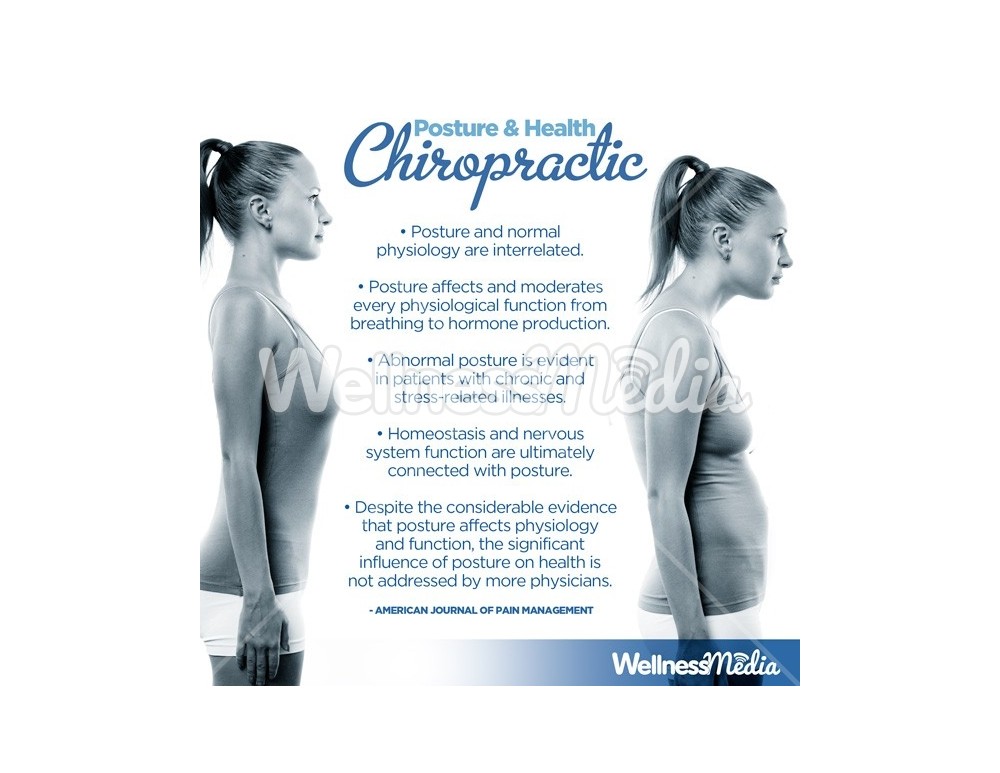The Scientific Research Behind Cold Laser Therapy: Understanding Its Mechanisms And Impacts
The Scientific Research Behind Cold Laser Therapy: Understanding Its Mechanisms And Impacts
Blog Article
Short Article By-Castro Kornum
You may have come across cold laser therapy as an appealing treatment choice for different problems, however have you ever questioned how it really deals with a cellular level? Understanding the systems behind this treatment can clarify its efficiency in advertising recovery and lowering swelling. By checking out the science behind cold laser therapy, you'll gain insights right into the remarkable methods which light can affect mobile procedures and promote cells repair work.
Just How Cold Laser Treatment Functions
To recognize how cold laser treatment works, you need to grasp the basic concepts of how light power communicates with biological cells. Cold laser therapy, additionally called low-level laser treatment (LLLT), uses details wavelengths of light to permeate the skin and target underlying cells. Unlike the intense lasers made use of in procedures, cold lasers give off low degrees of light that don't generate heat or create damages to the tissues.
When these gentle light waves get to the cells, they're absorbed by parts called chromophores, such as cytochrome c oxidase in mitochondria. This absorption sets off a collection of biological feedbacks, including increased mobile power manufacturing and the release of nitric oxide, which boosts blood circulation and minimizes swelling.
Moreover, the light energy can additionally promote the production of adenosine triphosphate (ATP), the energy currency of cells, assisting in cellular fixing and regeneration processes.
In essence, cold laser treatment harnesses the power of light power to promote recovery and reduce discomfort in a non-invasive and mild manner.
Mechanisms of Activity
Exactly how does cold laser therapy really work to produce its healing effects on biological cells?
just click the next site , also referred to as low-level laser therapy (LLLT), runs through a procedure known as photobiomodulation. When the cold laser is applied to the skin, the light power passes through the tissues and is soaked up by chromophores within the cells.
These chromophores, such as cytochrome c oxidase in the mitochondria, are after that promoted by the light power, causing a cascade of organic reactions. One key device of action is the enhancement of mobile metabolic process.
The soaked up light power raises ATP manufacturing in the mitochondria, which is important for mobile function and repair service. Additionally, https://beckettrbksa.idblogmaker.com/33003440/cold-laser-treatment-is-incredibly-efficient-offering-a-non-invasive-method-to-pain-relief-that-has-the-potential-to-change-the-means-you-recover helps to lower swelling by hindering inflammatory arbitrators and promoting the launch of anti-inflammatory cytokines.
This anti-inflammatory result adds to discomfort relief and tissue healing.
Restorative Effects
Recognizing the restorative impacts of cold laser treatment entails recognizing exactly how the enhanced cellular metabolic process and anti-inflammatory homes contribute to its positive end results on biological cells.
When the cold laser is put on the damaged location, it boosts the mitochondria within the cells, causing enhanced production of adenosine triphosphate (ATP), which is crucial for cellular feature and repair service. This boost in mobile power accelerates the healing procedure by promoting tissue regeneration and reducing swelling.
Additionally, the anti-inflammatory buildings of cold laser therapy aid to lower pain and swelling in the targeted location. By inhibiting https://www.healthcentral.com/slideshow/wet-amd-treatment and promoting the release of anti-inflammatory cytokines, cold laser therapy aids in alleviating pain and improving the general healing reaction.
This decrease in swelling not just provides prompt relief but also supports long-term tissue fixing.
Conclusion
To conclude, cold laser therapy works by stimulating mobile fixing and tissue regeneration through photobiomodulation. Its anti-inflammatory residential or commercial properties provide discomfort relief and lower swelling by hindering inflammatory arbitrators.
This therapy supplies a comprehensive strategy to recovery, supplying both instant alleviation and lasting tissue fixing advantages.
Via its devices of activity, cold laser treatment confirms to be a reliable and appealing treatment alternative for a range of problems.
